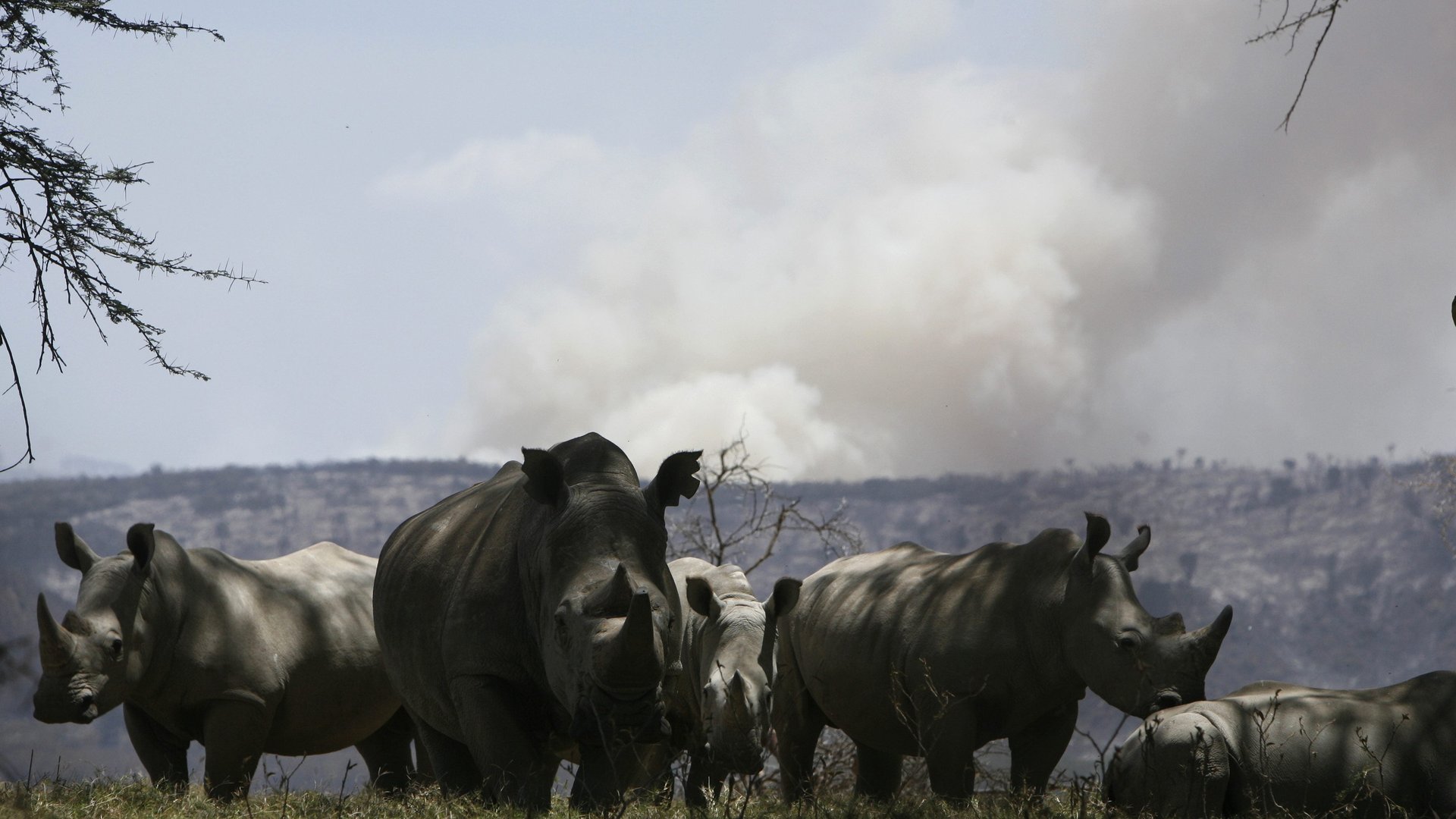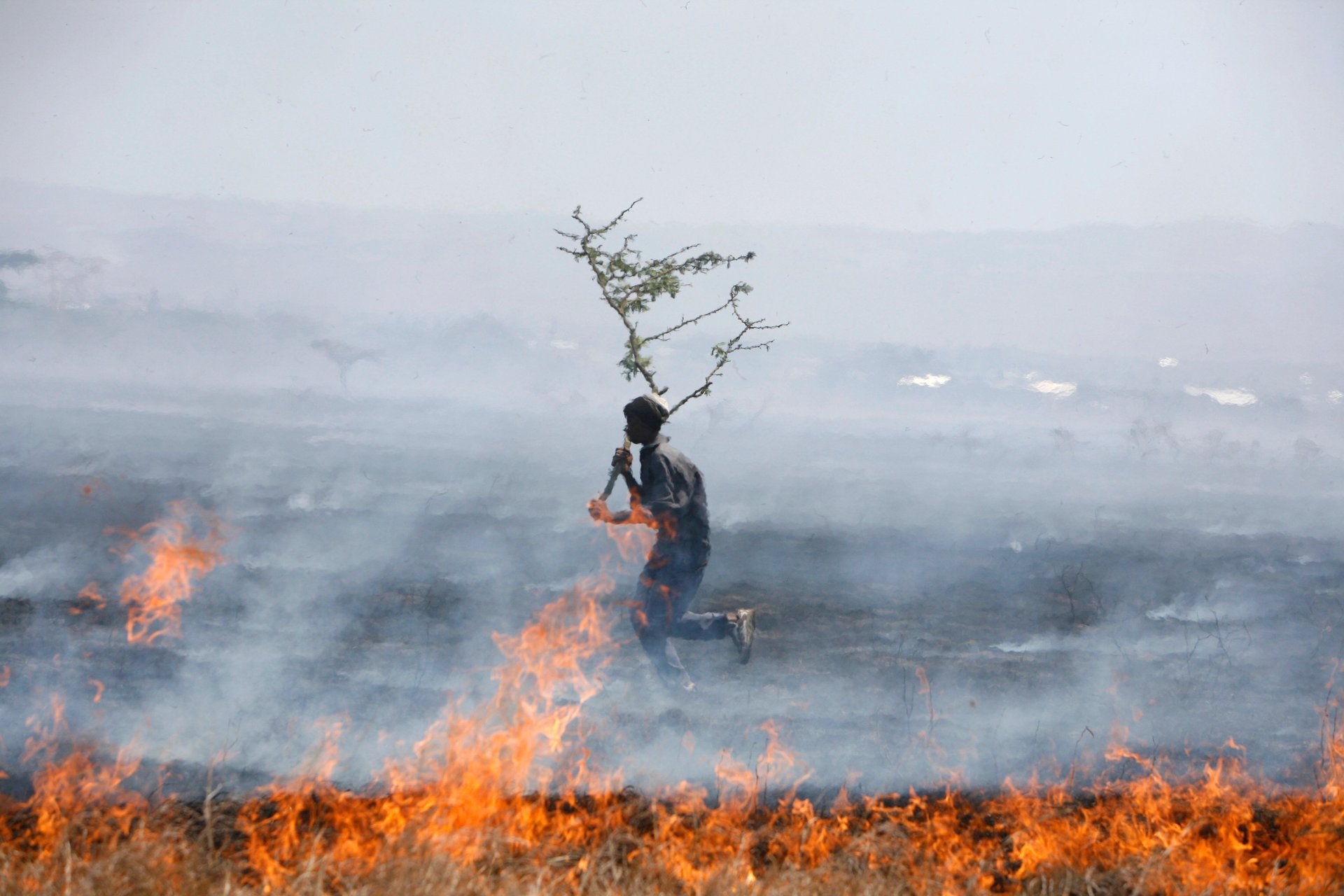Scientists say comparing the Amazon rainforest fires to burning grasslands in Africa is misleading
Catastrophic fires in the Amazon rainforest made global headlines, but since then NASA has noted that right now there are actually many more fires in parts of Africa than in Brazil.


Catastrophic fires in the Amazon rainforest made global headlines, but since then NASA has noted that right now there are actually many more fires in parts of Africa than in Brazil.
This has led some to question whether double standards are being applied—are we either ignoring an even larger environmental disaster in Africa, or are the Amazon fires being highlighted as a handy way to criticise a Brazilian leader already unpopular among environmentalists?
I’ve studied the ecological impacts of fires in East Africa for more than a decade, along with colleagues from around the world. So, are these fires an Amazon-style disaster?
Fire is an essential part of the savannah
The first thing to know is that the impact of a wildfire depends more on where and what it is burning, than on how big it is, or indeed how many fires there are.
The vast majority of the African fires currently burning seem to be in grasslands, in exactly the places we expect to see fires at this time of year. These fires are usually lit by cattle farmers as part of their traditional management of the savannahs where their animals graze. Some fires are started to stimulate new growth of nutritious grass for their animals, others are used to control the numbers of parasitic ticks or manage the growth of thorny scrub.
Without fires, many savannahs (and the animals they support) wouldn’t exist, and lighting them is a key management activity in many of the iconic protected areas of Africa. For instance the Serengeti in Tanzania is known worldwide for its safari animals and awe-inspiring wildebeest migration – and our work shows that around half of its grasslands burn each year.

Are savannah fires natural?
I’m often asked whether these fires in Africa are natural, and if they should be part of a conservation management plan. I usually answer with a question of my own: what is “natural” in a continent where hominins – our ancestors and closest relatives – have been lighting fires for a million years?
The savannah has co-evolved with hominins lighting fires, probably first to encourage grass to attract animals which they could hunt, then later as pastoralists for their own animals to graze. Animals and plants of the savannah are adapted not only to survive these events, but some actually need them: the beautiful Temminck’s Courser is a bird with ash-black eggs that nests only in recently burned grasslands.
And equally importantly, fires in the savannah burn mainly dry grasses that regrow each year: the CO₂ released by fires in grasslands is reabsorbed by the growth of new grass the next year, meaning such fires are nearly carbon-neutral within a year.Last year, I led research which helped show how important fire is to biodiversity in these areas. We looked at those parts of the savannah that had a lot of different types of fires – some big, some small, some hot, some cool and sometimes no fire at all – and found they had up to 30% more diverse mammal communities and 40% more diverse bird communities.
Are the forests burning?
In contrast to savannah fires, forest fires are a real problem whether in Africa or the Amazon. Tropical forests are usually warm, wet places with no dry grass to carry fires, so they don’t usually burn. However, if they are dried out, either by drought or by deforestation creating sharp edges that allows drying wind into them, they can burn catastrophically.
As the plants and animals of these forests are not fire adapted, many die and the ecosystem may take decades to recover. Equally, and in stark contrast to fires in grassland ecosystems, the carbon released by the fires will take decades to be re-absorbed, meaning forest fires have a huge impact on global emissions. Although there probably are fires in African forests at the moment (there are always some) there isn’t an obvious increase in forest fires in the continent – while all the evidence suggests forest fires in the Amazon are much more abundant this year than previously.
The Amazon is the real story
Unfortunately, it seems that in contrast to Africa’s fires, the fires in the Amazon are burning in forest areas where the cost to biodiversity, indigenous people and carbon is likely to be extremely high. There also seems to be good evidence that there is more burning this year than previously – and there has been no drought, so it probably reflects increased efforts by people setting fires in these regions.
This can’t be entirely down to signals coming from Brazil’s far-right president Jair Bolsonaro of course, as the fires are burning in more countries than just Brazil, but it seems clear the story in the Amazon is the real one, while outrage over fires in Africa may just be a distraction.
Colin Beale, Senior Lecturer in Ecology, University of York
This article is republished from The Conversation under a Creative Commons license. Read the original article.
Sign up to the Quartz Africa Weekly Brief here for news and analysis on African business, tech and innovation in your inbox